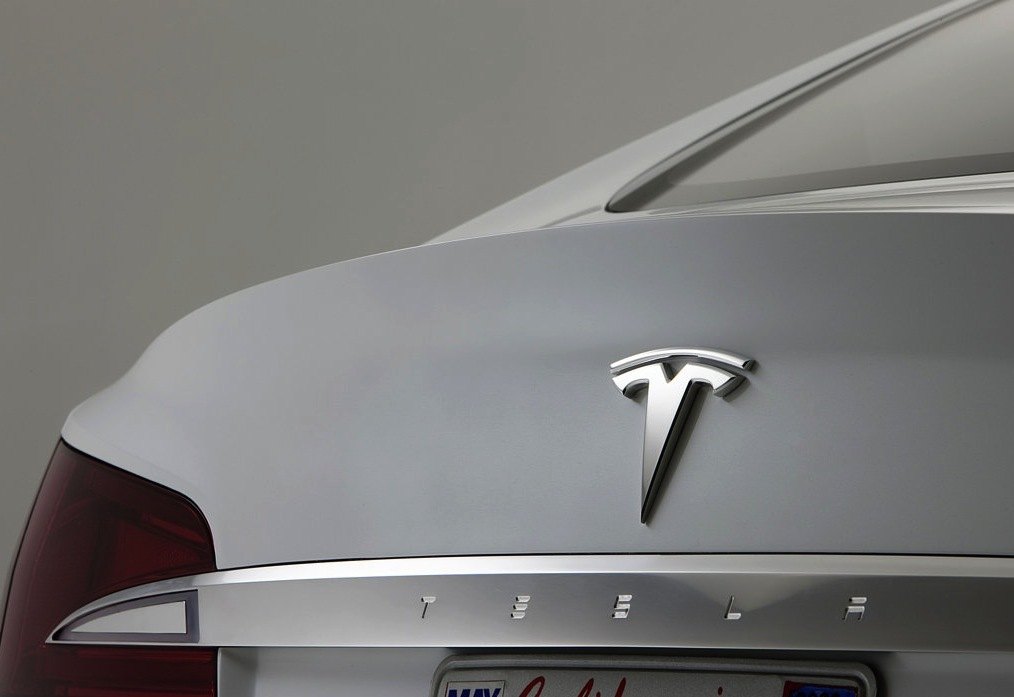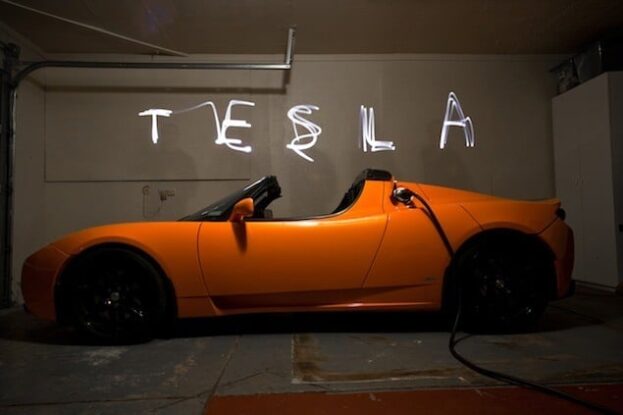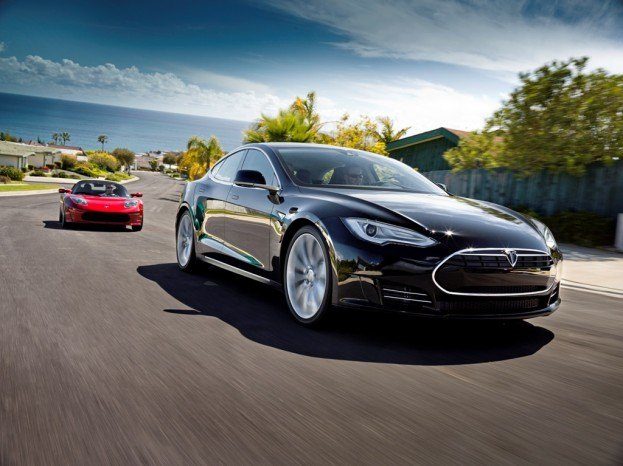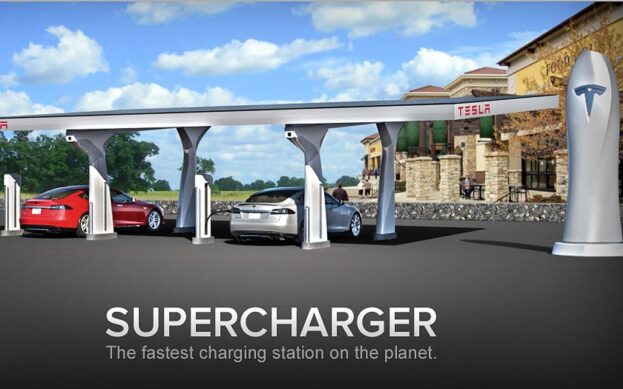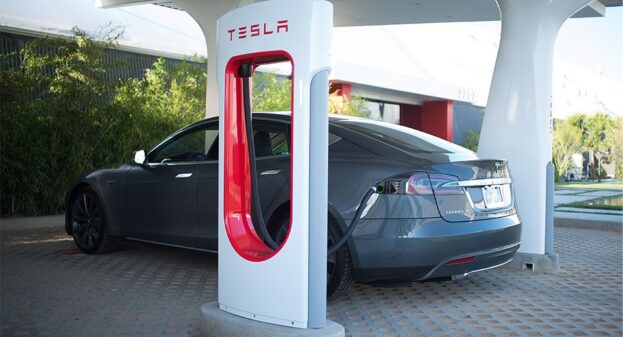This is a guest post by IG and provides a financial analysis of Tesla Motors. All opinions are those of IG.
Investors, it seems, are willing to continue placing faith in Tesla’s future performance for at least a little while longer.
Shares in the electric car manufacturer jumped 7% in after-hours trading last night despite a mixed earnings report that saw revenue miss the market estimate, losses grow and sales forecasts lowered. In an earnings season that has proved punishing for many major ‘growth’ companies, that the markets appear to have let Tesla off so lightly is surprising.
Tesla, thanks in large part to Elon Musk, have placed themselves right at the forefront of the electric vehicle movement. It’s a movement that has enabled the company to capitalise on huge amounts of goodwill from the media, public and markets.
And it has capitalised well. After joining the NASDAQ back in July 2010, Tesla grew 1200% in a little over four years. Even in a strong period for US stocks, that growth is remarkable: the NASDAQ grew around 120% in the same period. 2013 was a particularly impressive year for Tesla, as it started out worth $34 per share and ended worth over $150.
The company has dropped in value since that peak in September, though, and the pop brought about by its most recent earnings hasn’t rectified that. Tesla, it appears, is at a point where it needs to start justifying its $28 billion market cap, and demonstrating that it offers a genuine alternative to the traditional automotive industry.
There are several problems that the company will need to overcome in order to do just that. First of all, competition in the luxury electric vehicle industry has increased dramatically. BMW have produced their own high-end model to rival Tesla, amongst a few other manufacturers.
Secondly, there are questions surrounding luxury electric vehicles as a product itself. Tesla recently announced a deal with Mercedes-Benz, allowing the German manufacturer to use Tesla’s engines in existing car models in order to bring an electric vehicle to market. Mercedes’ comments about the deal suggest that it does not view the financial investment needed to develop a bespoke electric model as worthwhile. That Daimler (owners of Mercedes-Benz) pulled its investment in Tesla shortly before the deal only supports this.
Finally, Tesla faces a few problems of its own making. At the moment, demand for its vehicles is apparently not a problem: Mr Musk has spoken about needing to curb demand whilst Tesla tries to shorten its waiting list. But with the total predicted figure of Model S deliveries for the year being revised down from 35,000 to 33,000, Tesla isn’t doing much to prove that its ambitious target of 100,000 deliveries in 2015 can still be achieved.
Indeed, even that 33,000 figure looks fairly ambitious, requiring as it does 13,015 cars to be delivered in the current quarter. In Q3, Tesla managed 7,785 deliveries – just shy of its 7,800 target.
The company, it seems, has a production problem, further underlined by another announced delay to the much-anticipated Model X SUV. In Wednesday’s earnings call, Mr Musk spoke out about the delay: ‘People don’t appreciate how hard it is to manufacture something. It is really hard. I have great respect for people who manufacture complex objects’.
Other issues arise when Tesla’s earnings are closely examined – like its falling gross margin – but it is Tesla’s problems with getting cars into the hands of drivers that looks like the biggest blockade at the moment. The company has been investing heavily in increasing demand from China and Europe, but will struggle to maintain momentum if cars cannot get made quick enough.
Mr Musk spoke openly to investors on Wednesday, directly addressing the production problem and outlining how he intends to fix it. For now, shareholders seem relaxed that he is as good as his word. If Tesla is to prove that it is a different beast from other major car manufacturers, though, delays and slow production are not a good way to proceed.
Spread bets and CFDs are leveraged products and can result in losses that exceed your deposits. The value of shares, ETFs and ETCs bought through a stockbroking account can fall as well as rise, which could mean getting back less than you originally put in.
This information has been prepared by IG, a trading name of IG Markets Limited. The material on this page does not contain a record of our trading prices, or an offer of, or solicitation for, a transaction in any financial instrument. IG accepts no responsibility for any use that may be made of these comments and for any consequences that result. No representation or warranty is given as to the accuracy or completeness of this information. Consequently any person acting on it does so entirely at their own risk. Any research provided does not have regard to the specific investment objectives, financial situation and needs of any specific person who may receive it. It has not been prepared in accordance with legal requirements designed to promote the independence of investment research and as such is considered to be a marketing communication. Although we are not specifically constrained from dealing ahead of our recommendations we do not seek to take advantage of them before they are provided to our clients.

